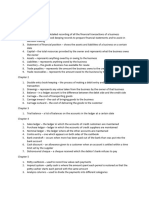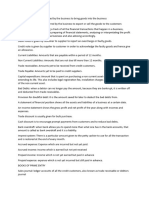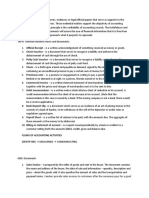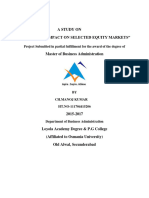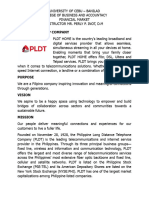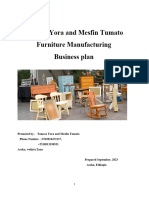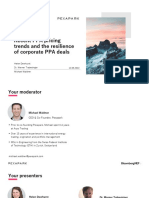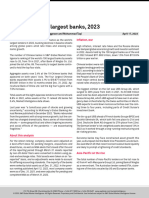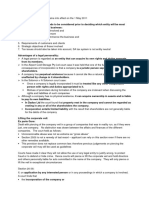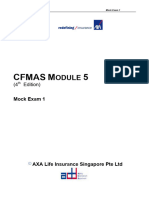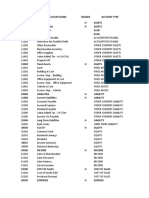0% found this document useful (0 votes)
22 views10 pagesAccounts Definitions
The document outlines key accounting concepts, including the recording and reporting of financial transactions, the types of users who benefit from accounting information, and various accounting documents such as invoices and bank statements. It also discusses different types of accounts, the importance of bank reconciliation, and the distinction between capital and revenue expenditures. Additionally, it covers concepts like depreciation, bad debts, assets, liabilities, and the principles that guide accounting practices.
Uploaded by
wambuaCopyright
© © All Rights Reserved
We take content rights seriously. If you suspect this is your content, claim it here.
Available Formats
Download as PDF, TXT or read online on Scribd
0% found this document useful (0 votes)
22 views10 pagesAccounts Definitions
The document outlines key accounting concepts, including the recording and reporting of financial transactions, the types of users who benefit from accounting information, and various accounting documents such as invoices and bank statements. It also discusses different types of accounts, the importance of bank reconciliation, and the distinction between capital and revenue expenditures. Additionally, it covers concepts like depreciation, bad debts, assets, liabilities, and the principles that guide accounting practices.
Uploaded by
wambuaCopyright
© © All Rights Reserved
We take content rights seriously. If you suspect this is your content, claim it here.
Available Formats
Download as PDF, TXT or read online on Scribd
/ 10












